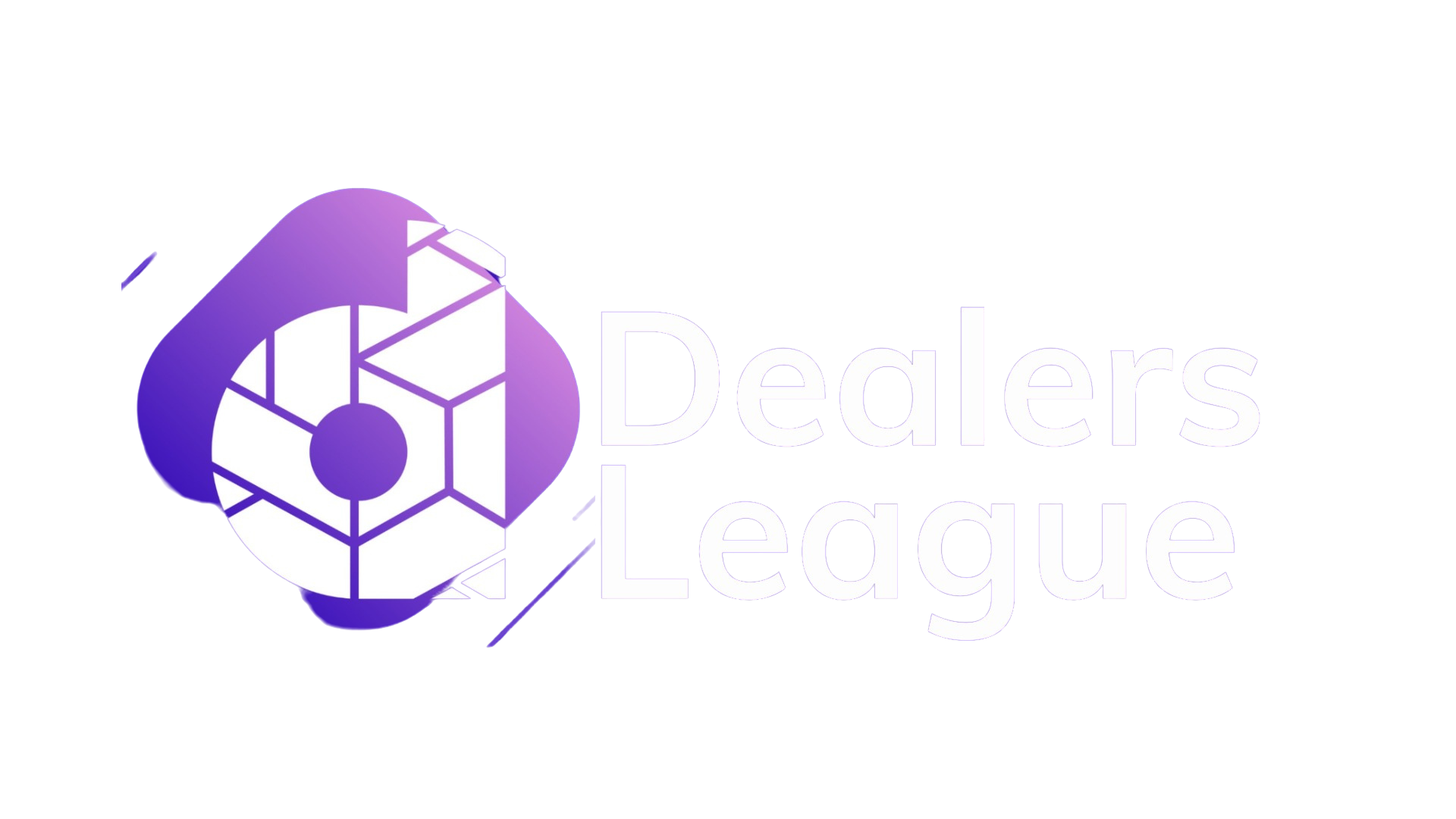Artificial intelligence is no longer just a competitive advantage — it’s the standard. In 2025, businesses that don’t embrace AI-powered marketing and the use of AI marketing tools risk falling behind. From predictive analytics to content automation, AI is transforming how brands connect with customers, make decisions, and drive growth.
In this article, we’ll break down the key AI marketing trends and tools reshaping digital marketing this year — and show you how to use them to gain an edge.
Table of Contents
1. The shift to intelligent marketing automation
Marketing automation used to mean scheduling emails or social posts based on a few fixed rules. But in 2025, intelligent automation goes far beyond that. Powered by AI, today’s systems can learn from behaviour, make real-time decisions, and personalise at scale — something traditional systems simply couldn’t do.
The shift is driven by the demand for instant, relevant experiences. Customers expect brands to know what they want — now. AI makes this possible by analysing behaviour, preferences, and purchase patterns on the fly.
Key benefits:
- Automates complex, repetitive tasks
- Increases relevance of customer interactions
- Helps your team focus on strategy and creativity
🤖 Example: An AI system automatically triggers different email flows based on whether a user watched a video, read a blog post, or abandoned a cart.

2. AI content creation tools: speed meets strategy
AI is also changing the creative side of marketing. Tools like ChatGPT, Jasper, and Copy.ai now assist teams with:
- First-draft creation for blog posts, ads, and emails
- Generating multiple content variations for social media
- Writing SEO-optimised content based on keyword inputs
But it’s not just about speed. AI can dynamically adapt content for users in real time.
Real-world examples:
- Dynamic website content: Visitors see different homepage layouts depending on what products they viewed
- Email personalisation: Offers change depending on user actions, not just past purchases
- AI chatbots: Provide contextual answers, guide users through product discovery, and resolve support queries 24/7
🎯 AI helps you get to “first draft” faster, freeing up time for real strategy and refinement.
3. AI-powered customer segmentation
AI takes segmentation far beyond basic demographics. By analysing CRM data, web behaviour, transactions, and even social signals, it identifies hidden patterns and builds dynamic customer segments.
| Factor | Traditional Segmentation | AI-Powered Segmentation |
|---|---|---|
| Data Sources | Age, gender, location | Behavioural data, CRM, transactions |
| Segment Types | Static categories | Dynamic micro-segments |
| Analysis | Manual or rule-based | Predictive models |
| Output | One-size-fits-all | Hyper-personalised campaigns |
With predictive analytics, AI can:
- Identify leads most likely to convert
- Detect churn risk early
- Forecast customer lifetime value
📊 A recent Gartner report found that over 60% of enterprises plan to increase their AI budgets in 2025 for exactly these reasons.
4. Automated campaign optimisation and ROI tracking
Marketing isn’t just about execution — it’s about performance. AI now powers real-time campaign optimisation across paid ads, email, and content.
Instead of manually testing a few ad versions, AI tools can run thousands of variations of headlines, images, and calls to action simultaneously.
Here’s what that looks like:
- Continuous A/B testing – AI rapidly tests multiple ad sets
- Budget reallocation – Budgets shift in real time toward top performers
- Attribution accuracy – AI tracks the full user journey, not just the last click
This is especially valuable in PPC campaigns, where automated bidding adjusts spend per user based on likelihood to convert — maximising ROAS with minimal human input.
⚙️ With AI, your marketing spend becomes self-optimising.
5. Strategic implementation and challenges
Despite the power of AI, success isn’t just about tools — it’s about implementation. Here are key areas to address:
🔌 Integration
Ensure your AI systems can connect to existing platforms like CRMs, ad accounts, and analytics tools.
🔐 Data Privacy
Compliance with GDPR and other regulations is non-negotiable. Use ethical, transparent data practices to build customer trust.
🎯 Start Small
Don’t try to “AI your whole business” overnight. Start with one high-impact issue (like lead scoring or abandoned cart recovery), prove the value, and expand from there.
🚀 AI works best when integrated into a clear strategy — not bolted on as a quick fix.
Final thoughts on Ai marketing tools + how to get started
AI is not a magic wand — but when used correctly, it gives businesses a massive edge. From automating routine work to unlocking new customer insights, AI makes marketing smarter, faster, and more human.
If you’re unsure where to begin, start with a tool that solves a real problem — then scale up.
💡 TL;DR – AI marketing in 2025
- AI powers real-time personalisation, predictive targeting, and smarter automation
- Content, campaigns, and analytics are now driven by machine learning
- Businesses using AI see faster execution, better ROI, and deeper customer insights
- Start small, focus on real problems, and grow from there
Want to implement AI marketing tools without the overwhelm?
At Dealers League, we help businesses make smart, strategic moves with AI — from setup to execution.
👉 Book a consultation today and discover how to get measurable results from your marketing in 2025.


1 Comment
Kunal Chouhan
Great overview! I love how this piece shows AI transforming digital marketing—from smart targeting and ad optimization to personalized content and chatbots—yet still emphasizes that AI is a strategic ally, not a replacement for the human touch.